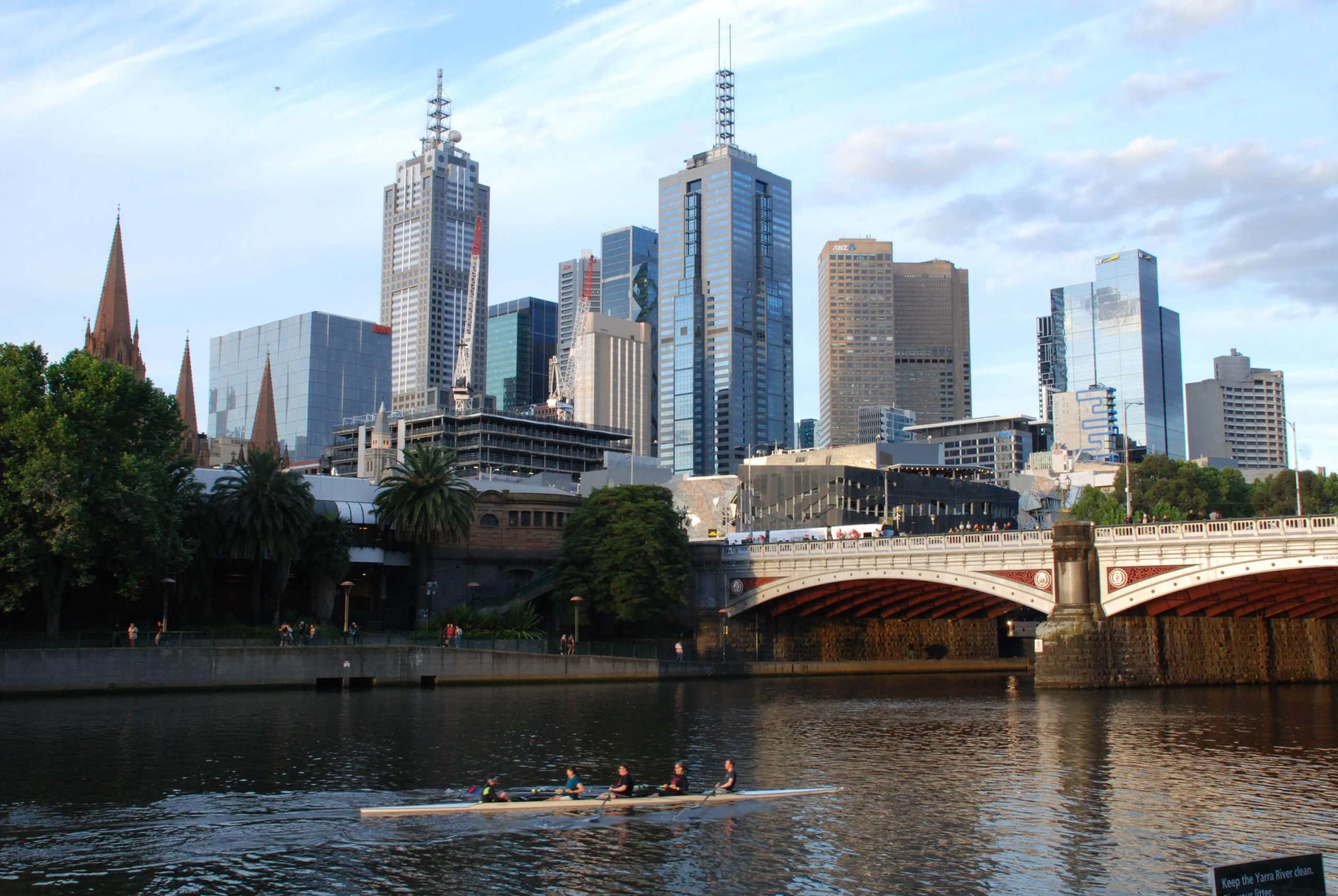What is a Mortgagee in Possession?
Applying for a mortgage is a strenuous task, and for good reason, as it’s the key to purchasing that dream home you’ve been eyeing off.
However, plenty can go wrong when it comes to a mortgage, namely the sudden incapability to continue paying off the loan leading to a situation where you default on your mortgage.
Once you’re in this situation, the lender (mortgagee) that supplied the loan has a right to the possession of the property. This, in turn, is referred to as ‘Mortgagee in possession’.
There’s plenty that goes into a mortgagee in possession, from mortgagee sales to maintaining mortgage payments. This article will go into depth, discussing everything about a mortgagee possession and how you can avoid this situation.
Connect all your utilities in just 8 minutes
Connect your UtilitiesMortgagee vs. Mortgagor
To dissect mortgagee possession, the first step is two identify the two parties involved in a mortgage, the mortgagee and the mortgagor.
A mortgagor is someone who has borrowed money from a lender (typically a bank) to buy a home, which is a mortgage.
To elaborate further, it means the mortgagor has taken a home loan out to purchase a specific property, and since they cannot pay for the house at the time, the property is used as collateral in case repayments falls through. Most Australians would be considered a mortgagor at some point, as opposed to a mortgagee.
This in turn means the lender or bank is the mortgagee. A mortgagee classifies under an institution that lends the borrower the aforementioned funds to purchase the property and become a homeowner.
When someone mentions they’re “paying off their mortgage” they’re paying directly to the mortgagee, who will legally gain ownership of the property should you cease payments agreed upon when acquiring the mortgage. This right of possession remains until you have paid off the mortgage completely, and they could even sell the property to recover their losses, typically known as a ‘forced sale’.
Summing Up a Mortgagee in Possession
To place the term in definition, a mortgagee in possession is a lender who has exercised their right to take possession of the property they are mortgagee of, typically due to a lack of mortgage repayments from the borrower.
There are instances of a mortgagee taking possession of the mortgaged property even though there has been no default by the mortgagor. This will typically involve a necessary court order to obtain possession, especially if the mortgage deed contains an agreement to not take possession of the property unless there is a default.
A mortgagor could default (cease mortgage payments) on their home loan for many reasons, leading to the mortgagee taking possession of the property. A common reason a mortgagor could fail to pay for their mortgage is an unexpected change of employment. In a situation like this, the borrower may remain unemployed for an extended amount of time and not have the funds in their savings account to repay their mortgage, thus leading to a default.
Other sudden reasons to opt for default could vary from a death in the family, to divorce, to disability, and even overwhelming medical expenses that all could change a vital source of income necessary for loan repayments.
Situations that are not so sudden are frequent as well, as a common cause of a mortgagee claiming possession are variable rate loans, typically those with low introductory rates. Variable-rate loans can rise over time and increase monthly mortgage payment costs, making it increasingly difficult for the mortgagor to pay off the loan.
Before & After Mortgagee Repossession
Taking possession of a home takes a lot of steps and plenty of time, which proves to consume even more time for the mortgagee to take the home back from the buyer so they can sell the real estate property.
For those who are panicking about suddenly being kicked out of their home with no warning, the lender must first issue a formal notice to the homeowner, mentioning that the borrower has defaulted on their loan and they have a specific date on which they must pay the mortgage fees.
Lenders will often send multiple notices out of good faith, as it will be plenty of work for the lender down the line to find a new suitable homeowner to apply for a mortgage and occupy the property.
The mortgagor could have between a month to six months’ worth of time from the initial date to begin paying their mortgage again, ending their default. Should payment resume, the issue would be resolved and the mortgage continues. Should payment not resume, the mortgagee will often opt for the “acceleration clause” in the mortgage deed. To sum this up, the clause ensures the entire loan is due and payable in a lump sum.
The next step continues into local court, as the mortgagee will likely seek orders to force the mortgagor to vacate the premises to commence the mortgagee possession needed to arrange for a possession sale.
Once the borrower is notified of an exit date and removed from the property (hopefully with no law enforcement required), the mortgagee in possession will utilise their power of sale to continue the mortgage.
The sale of the property can be held with a public auction or the home can be sold privately, so there are no limitations on market value.
Once a sale has been made for the home, the proceeds of the sale apply to the costs remaining of the outstanding loan amount left behind from the borrower, as well as expenses made to prepare the property for sale, and legal costs relating to the loan default. Any other costs that the sale cannot cover will extend to the borrower to pay to the lender.
Mortgagees in possession are required to aim for the best possible price available upon approx valuation
If you find yourself in a position where you can’t pay for your mortgage due to circumstances changing, be sure to contact the lender as soon as possible. As mentioned earlier, lenders are not out to take possession of your property, and would rather you remain as the mortgagor.
Through hardship applications, mortgage variations to the interest rate, to payment holidays, there are plenty of options to discuss with the lender, which should be discussed before you miss the first lot of payments.
If you need help getting your utilities connected sorted, please call MyConnect on 1300 854 478 or use the Get Connected form here! All residents from Victoria (VIC), Queensland (QLD), New South Wales (NSW), Australian Capital Territory (ACT), and South Australia (SA) can get connected today. If you’re a first home buyer and you’re unsure about using a utility connection company, this post here can assist you.



 Justyn Harrison
Justyn Harrison 






